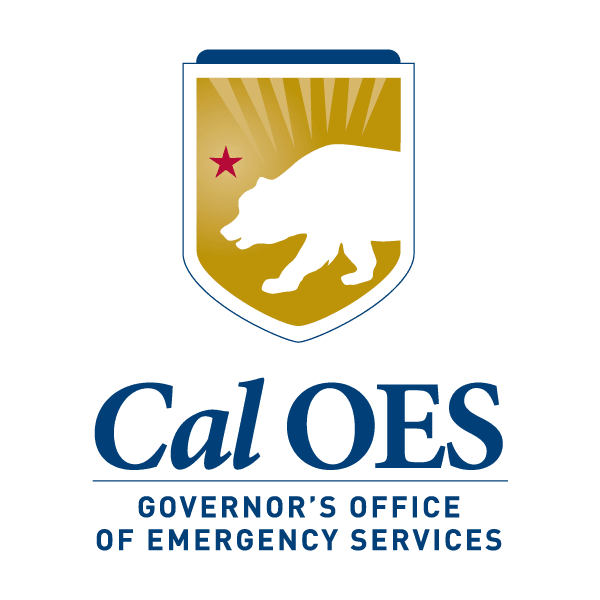Credentialing, Deployment, and Tracking
The California Governor’s Office of Emergency Services (Cal OES) is seeking a comprehensive solution to track personnel credentialing, deployment and accountability for our deployed personnel.

The California Governor’s Office of Emergency Services (Cal OES) is seeking a comprehensive solution to track personnel credentialing, deployment and accountability for our deployed personnel.

Cal OES requires the capability to deploy and track emergency services resources throughout the State effectively. Cal OES maintains a field-deployable workforce of 950 staff members. An additional 19,000 other potentially field-deployable personnel throughout California are working at other State agencies, local governments, and non-governmental organizations. Since 2017, this statewide workforce has responded to 26 major emergency response and recovery operations representing more than $10 billion in public assistance recovery program disaster costs.
The State has no effective way to manage resource (workforce and equipment) availability and resource sharing, automated deployment execution, and daily accountability management.
Current Environment: Cal OES lacks a comprehensive system to track personnel credentialing, deployment, and accountability of deployed personnel. There is no reliable system available to senior leadership to assist in a statewide response, activations of the Statewide Operations Center, or for Fire and Rescue Special Operations who evaluate strike team and equipment readiness for deployments.
Although Cal OES is in the process of a localized pilot of a commercially available system, it does not currently offer the full functionality required to address resource availability, rostering, qualifications and credentialing, resource sharing, deployment processing, field operations monitoring, interactive messaging, and reporting for statewide resources.
Proposed Environment:
Credentialing, Deployment, & Tracking project shall incorporate the following:
A system with these core capabilities will ensure qualified personnel are deployed appropriately (State Operations Center / Emergency Operation Centers, Incident Management staff to an incident) and identify training opportunities and gaps against assigned Position Task Books, will increase visibility of deployments and availability of resources (mobilization and demobilization of resources), and to share critical information to our federal, state, and local partners during emergencies.
Interfaces
User Profiles
Credentialing
Deployment
Note: Resources includes equipment
Accountability
Other
CONSTRAINTS:
A cloud solution is preferred, and relevant Cal OES technologies include Microsoft 365, Azure AD, ESRI, Salesforce, MuleSoft, Tableau, DocuSign, GovDelivery, SendGrid. MFA is being enabled and multiple SSO implementations have been deployed.
Identity Management System
Application Security
System Capabilities
Scalability
Application should be able to scale up-to:
Backup and Recovery
Must be able to archive and unarchive data
Federal Risk and Authorization Management Program (FedRAMP) Version 2.0
FedRAMP is a government-wide program that provides a standardized approach to security assessments, authorization, and continuous monitoring for cloud products and services. FedRAMP controls are based on NIST SP 800-53. FedRAMP authorized providers are available at The Federal Risk And Management Program Dashboard (fedramp.gov)
Additional Security References:
Privacy
California Privacy Policy and Privacy notice on collection requirements, (Government Code Section 11015.5 and 11019.9, and Civil Code Section 1798.17, when personal information is involved.
Accessibility
California Government Code section 7405 directs that: “state government entities, in developing, procuring, maintaining, or using electronic or IT, either indirectly or through the use of state funds by other entities, shall comply with the accessibility requirements of Section 508 of the Rehabilitation Act of 1973, as amended (29 U.S.C. Sec. 794d), and regulations implementing that act as set forth in Part 1194 of Title 36 of the Code of Federal Regulations.”
Government Code section 7405, in requiring compliance with Section 508, mandates that electronic and information technology (EIT) are accessible to individuals with disabilities, specifically:
State Agencies/state entities must develop, procure, maintain, or use EIT, that employees with disabilities have access to and use of information and data that is comparable to the access and use by employees who are not individuals with disabilities, unless an undue burden would be imposed on the Agency/state entity.
Individuals with disabilities, who are members of the public seeking information or services from an Agency/state entity, have access to and use of information and data that is comparable to that provided to the public who are not individuals with disabilities, unless an undue burden would be imposed on the Agency/state entity.
CRM / Application Management, Data Analytics, Data Collection, IoT, Mobile App, Mobility, and Public Safety
Budget Not Determined Yet
RFP
March 9 through April 5, 2022 at 10:00 AM (GMT-08:00) Pacific Time (US & Canada)
© 2020 California Department of Technology - OSTP. All rights reserved.